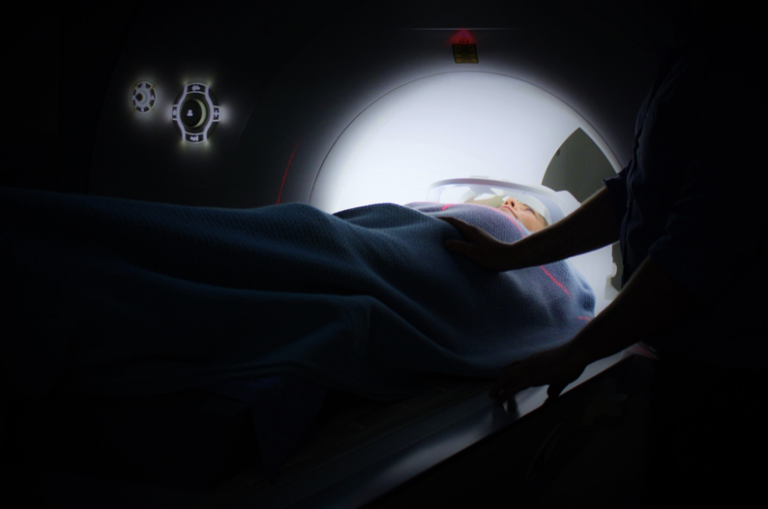‘Brain training’ can alter how we 'see' the world
26 February 2019
New research led by Dr Jinendra Ekanayake, WEISS, demonstrates that with just three days of training brain activation, our perception of the world can be shifted - even if we’re unaware of it happening.

The ability to change how we see the world has many potential uses for our health. This process can happen consciously or unconsciously. However, until now, attempts to alter higher-order sensory perception without the participants knowing it was happening have been unsuccessful. Higher-order brain functions are ones that combine multiple processes and help interact with the world. This includes problem-solving, abstract thinking, and perception. Perception is particularly important as it shapes our views, our biases and ultimately our actions.
For their paper available online now in the journal NeuroImage, the team looked at a unique phenomenon called Binocular Rivalry (BR). It is an effect produced when one image is presented to one eye and a different image is presented to the other eye. Instead of seeing both images, a person will only be aware of one image at a time as each ‘competes’ for dominance. This competition for our awareness fluctuates from one moment to the next.
Before the brain training, participants were shown an image of a face and a house presented to both eyes at the same time. They pressed a button to record when they saw the face, the house or a mixture of both.
The researchers then put the participants through three days of neurofeedback training. This emerging technique uses real-time functional magnetic resonance imaging (fMRI) to enable participants to voluntarily control their own brain activations ‘on-the-fly’. Inside the scanner, participants received visual feedback by observing a fluctuating thermometer bar on a computer screen. The up and down movement of the bar was linked to the level of brain activation in targeted brain regions (shown below by red circles). By increasing or decreasing the level of activation in these regions, the participants could push the bar up or down.
Participants were separated into two groups. In the ‘face’ group they used neurofeedback training to control the level of activation in a brain region linked to processing face images- the fusiform face area. In the ‘house’ group, participants were trained to control activation in a brain region involved in the processing of house images – the parahippocampal place area. Participants were told that the movement of the bar was linked to their brain activity and that they should use a ‘mental strategy’ to push it up as long as possible.
Following a short but intense training period, participants were asked to perform the BR test again. Interestingly, the ‘face group’ saw houses less, while the ‘house group’ saw faces less. This is the first report of using neurofeedback training to alter high-level perception by training higher-order visual brain regions. Behavioural training typically repetitively trains specific actions or perceptions to alter the way a person acts or behaves. Dr Ekanayake and his team went a step further, producing an unconscious shift in visual perception by getting the participants to directly modulate their brain activity. The research has broad implications for shifting or manipulating human perception by non-invasively modifying brain function. It may be particularly important as a therapeutic tool for people who suffer from hallucinations and other forms of aberrant perception.
Dr Jinendra Ekanayake is an academic neurosurgeon from the Wellcome EPSRC Centre for Interventional and Surgical Sciences and National Hospital for Neurology and Neurosurgery. The full paper, ‘Volitional modulation of higher-order visual cortex alters perception’ is available online on ScienceDirect.
 Close
Close

